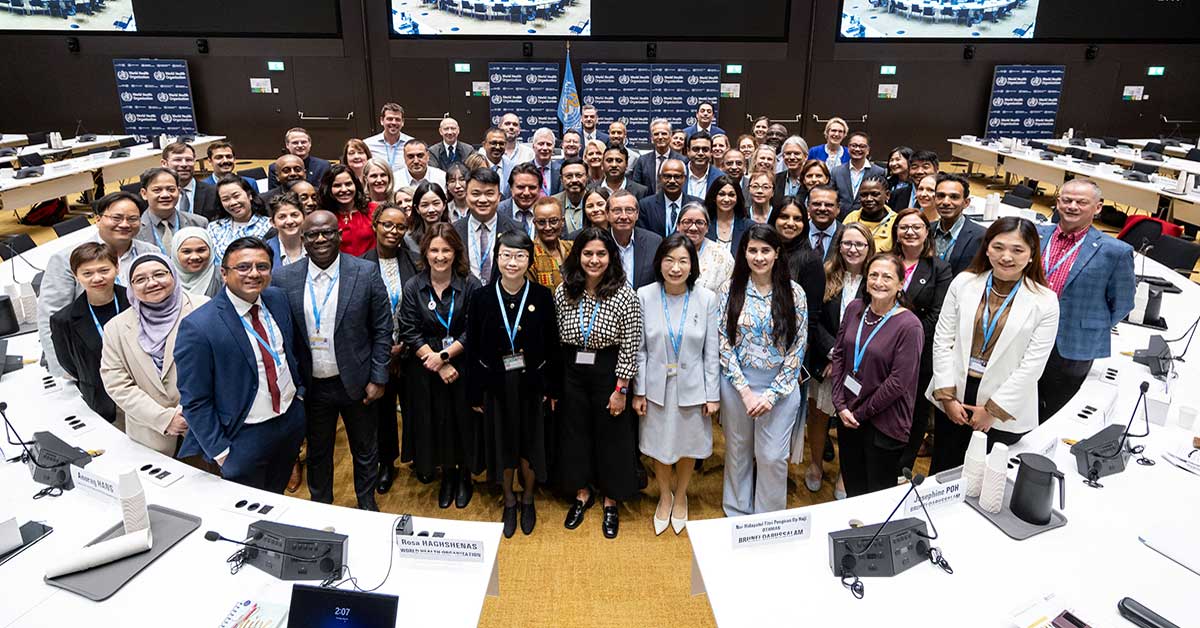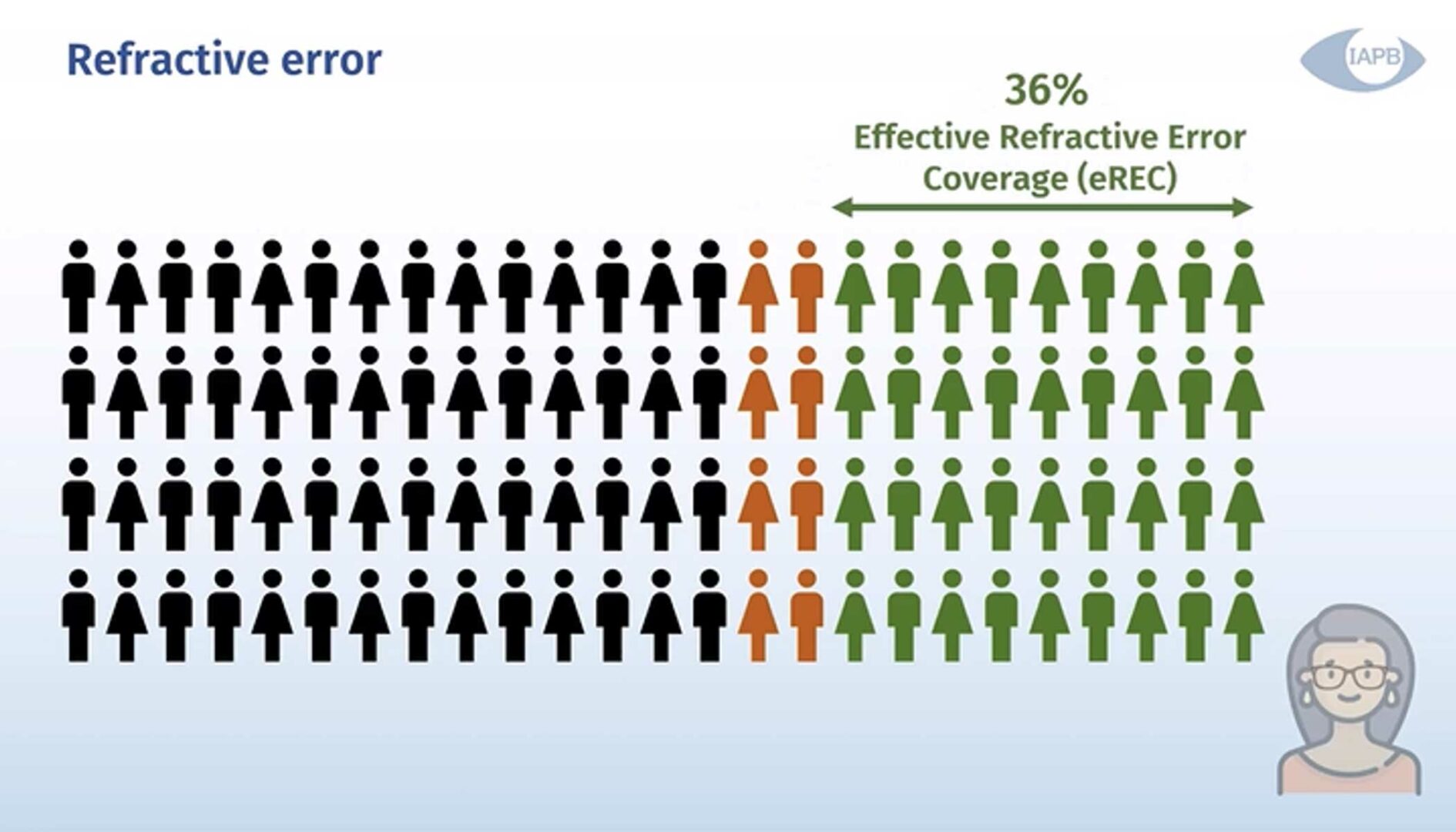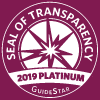
Glasses. Chances are better than 50% that you, dear reader, rely on something to correct your refractive error (near- or far-sightedness) like contacts, prescription glasses, or readers. You may even have a few pairs stashed in your car, office, or workshop. But in low- and middle-income countries, refractive error is the leading cause of vision impairment in both kids and adults, and glasses aren’t so accessible.
As part of Seva’s ongoing mission to end avoidable blindness, Lauren Jesudason and Kate Moynihan joined more than 30 organizations from around the world at the launch of the World Health Organization SPECS (Service, Personnel, Education, Cost, and Surveillance) 2030 in Geneva, Switzerland.
The plan is to make the right glasses available to everyone. Imagine you had 100 people with a vision impairment. Only 36 of those individuals will receive the medical care and treatment they need to properly regain their sight. The next segment over will receive some sort of medical care and treatment, but oftentimes not enough to regain their full vision. Think getting the glasses with the wrong prescription. The last segment, which represents over half the total group, will receive no medical care or treatment for their vision impairment.

The goal for WHO SPECS 2030 is to expand effective refractive error coverage amongst the first two segments, ideally resulting in a smaller segment of untreated individuals.
The SPECS network is composed of various nonprofits, manufacturers, and organizations with a common vision to promote refractive error coverage advocacy. This includes conducting awareness campaigns, developing briefing papers, and conducting research to illustrate the case for action. Think of it like the Avengers assembling for eye care!
Seva will participate in awareness and workforce workstreams to amplify our mission on a global stage, but our work continues on the front lines day after day, helping patients in underserved and remote regions regain their sight.






